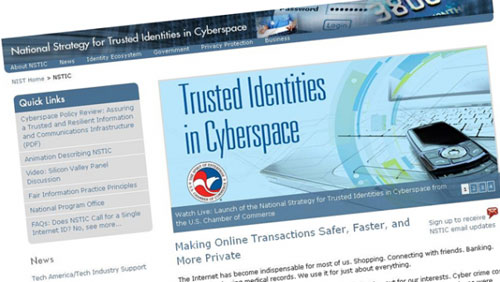MorphoTrust: Secure citizen access to health services
Awarded in 2014
06 November, 2015
category: Digital ID, Government, Health
MorphoTrust USA offers solutions throughout the identity life cycle, including the enrollment of trusted identities, the issuance of electronic and physical credentials and the verification and authentication of those credentials.
The company and its partners, including the North Carolina Department of Transportation and Health and Human Services, received a $1.47 million grant in 2014 to create an electronic ID for accessing online services that would offer the same level of security, privacy protection and identity authentication as in-person transactions.
The project is going well and has been awarded a second year of funding, says Mark DiFraia, MorphoTrust’s senior director of market development. “We’ve been doing a combination of deliverables through the project as funded by NIST, as well as conducting our own internal research and development.”
Objectives
Prove that an eID could be created that carries the trust of a driver license and could be used to eliminate in-person identity proofing requirements for transactions
Demonstrate that trust could be elevated using facial recognition biometrics as part of a multi-factor authentication process
Find a framework through which state and commercial entities could trust each of these eIDs and transactions
MorphoTrust views the NSTIC project as step one. The ultimate goal is to build a system that can be used and trusted by government agencies and commercial entities, DiFraia says.
Lessons learned
“I think the biggest lesson that we’ve learned is just how important privacy is in this whole dialogue,” says DiFraia. “Personal privacy, the protection of PII – individual’s personal information – is really paramount.”
Privacy must be thought of before the project even begins, DiFraia says. “It’s actually the consideration that you use to build your entire solution around,” he says. “More and more project teams that are working with personal information are adding dedicated staff members specifically focused on the privacy concerns of the solution.”
DiFraia says the next step for the project is delivering a mobile app that will house this electronic ID for users. “We’re at a point now where we’re actually seeing the handset photo being taken, and we’re able to start to see some of the biometric matching results,” he says.




